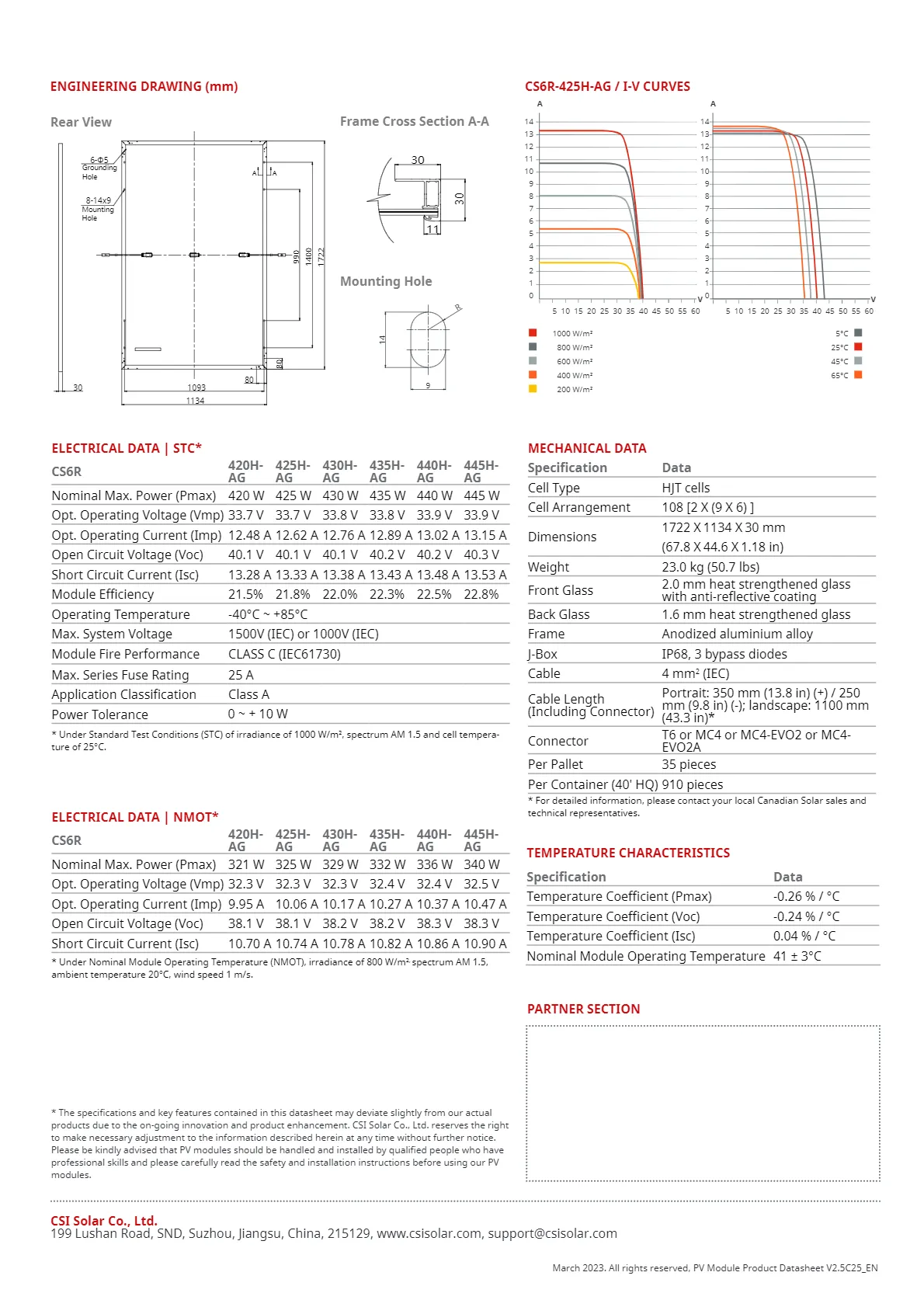solar panel wiring
Understanding Solar Panel Wiring A Comprehensive Guide
The world is increasingly turning to renewable energy, and solar power is at the forefront of this movement. To effectively harness the sun’s energy, understanding solar panel wiring and installation is essential. This article provides an overview of solar panel wiring, discussing its components, configurations, and best practices for a successful installation.
Components of Solar Panel Wiring
Solar panel wiring involves several key components, each playing a vital role in the system's overall efficiency and effectiveness. The primary components include
1. Solar Panels These are the backbone of the solar energy system, converting sunlight into electricity through photovoltaic cells.
2. Charge Controller This component regulates the voltage and current coming from the solar panels to the batteries, preventing overcharging and extending battery life.
3. Batteries Work in conjunction with solar panels to store energy for use when sunlight is not available, making renewable energy more reliable.
5. Wiring Essential for connecting all components, ensuring that electricity can flow smoothly through the system.
6. Mounting Hardware Used to secure the solar panels to the roof or ground, ensuring they remain in place and properly oriented to capture sunlight.
Wiring Configurations
The arrangement of solar panels in a system significantly impacts performance. There are two main wiring configurations to consider series and parallel.
solar panel wiring

- Series Wiring In this configuration, solar panels are connected end-to-end. The voltage increases while the current remains the same. For example, if two 12V panels are wired in series, the total voltage output will be 24V. This configuration is beneficial for systems where higher voltage is required, allowing for longer wire runs without significant power loss.
- Parallel Wiring In a parallel configuration, all positive terminals of the solar panels are connected together, and all negative terminals are connected together. This setup maintains the same voltage as a single panel but increases the total current. If one panel is shaded or underperforming, the others can still operate efficiently, making this setup more tolerant of panel mismatches.
Best Practices for Solar Panel Wiring
To ensure the most efficient and safe operation of your solar panel system, consider the following best practices
1. Use Appropriate Wire Gauge Selecting the correct wire gauge is crucial for reducing voltage drop and ensuring safety. Thicker wires can handle more current, so for a longer distance between your panels and batteries or inverter, a larger gauge wire is advisable.
2. Weatherproof Connections Any connections exposed to the elements should be waterproof and securely insulated to prevent corrosion and ensure long-term reliability.
3. Proper Grounding Grounding your solar system is vital for safety. It helps protect the system against surges and can prevent fires caused by electrical faults.
4. Fuses and Breakers Implement fuses or circuit breakers in the wiring system. These devices can prevent overloads, protecting the wiring and other components from damage.
5. Follow Local Electrical Codes Always check and adhere to local electrical codes and regulations when installing solar panels. This not only ensures safety but can also affect insurance and the efficiency of government incentives.
Conclusion
Understanding solar panel wiring is an integral part of implementing a successful solar energy system. By familiarizing yourself with the components, configurations, and best practices, you can maximise the efficiency of your installation. As renewable energy becomes ever more critical in our fight against climate change, mastering these skills will empower you to contribute positively to a more sustainable future. Embrace solar energy, and take the first step toward energy independence and environmental stewardship.
-
Unlocking Energy Freedom with the Off Grid Solar InverterNewsJun.06,2025
-
Unlock More Solar Power with a High-Efficiency Bifacial Solar PanelNewsJun.06,2025
-
Power Your Future with High-Efficiency Monocrystalline Solar PanelsNewsJun.06,2025
-
Next-Gen Solar Power Starts with Micro Solar InvertersNewsJun.06,2025
-
Harnessing Peak Efficiency with the On Grid Solar InverterNewsJun.06,2025
-
Discover Unmatched Efficiency with the Latest String Solar InverterNewsJun.06,2025







